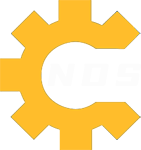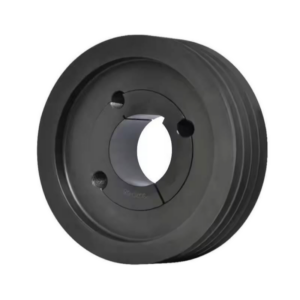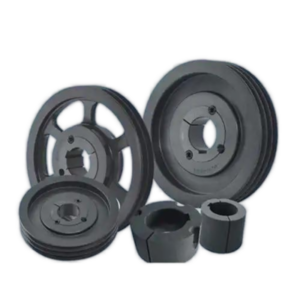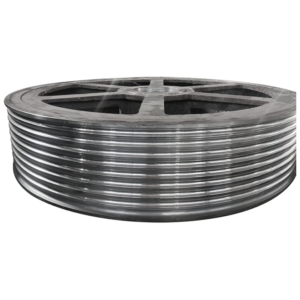The motor frame size is one of the most important factors in determining the cost, compatibility, and performance of an electric motor. Whether you’re purchasing standard or custom motors, understanding the impact of the frame is essential for accurate pricing, smooth installation, and long-term reliability. Below, we break down why the motor frame plays such a crucial role in procurement decisions.
1. Material and Manufacturing Costs
The frame significantly influences the motor’s cost due to:
- Material usage: Larger frames require more cast iron, steel, or aluminum, increasing raw material expenses.
- Complexity: Frames with integrated cooling fins, mounting flanges, or special machining (e.g., precision boring) raise production costs.
- Standard vs. Custom:
- Standard frames (e.g., IEC or NEMA) benefit from economies of scale, reducing unit costs.
- Custom frames require unique tooling and longer lead times, driving up prices.
2. Mechanical Compatibility & Installation
The frame determines how well the motor fits into an application:
- Mounting type (B3, B5, B14, etc.) must match the equipment base.
- Shaft height (e.g., 160mm in IEC standard) affects alignment with driven machinery.
- Footprint & bolt patterns must align with existing setups to avoid costly modifications.
3. Thermal Management & Performance
- Cooling design (IC411, IC416, etc.) depends on frame construction (open, enclosed, or forced ventilation).
- Heat dissipation affects continuous power rating—poor cooling may require derating.
- Material choice (cast iron vs. aluminum) impacts thermal conductivity and weight.
4. Protection & Environmental Suitability
- IP rating (e.g., IP55 vs. IP23) is determined by frame sealing.
- Corrosion resistance (stainless steel or coated frames for harsh environments).
- Explosion-proof (Ex) motors require reinforced frames with specialized certifications.
5. Logistics & Supply Chain Factors
- Weight & shipping costs: Larger frames increase freight expenses.
- Lead time: Standard frames are readily available; custom frames may take months.
- Supplier flexibility: Standard frames allow multi-source procurement; custom frames often rely on a single supplier.
Key Frame Parameters to Specify in Procurement
| Parameter | Impact |
|---|---|
| Frame size (IEC/NEMA) | Determines power range and dimensions. |
| Mounting type (B3, B5, etc.) | Ensures mechanical fit. |
| IP rating | Defines environmental protection. |
| Cooling method (IC code) | Affects thermal performance. |
| Material (cast iron, aluminum, etc.) | Influences cost, weight, and durability. |
Procurement Recommendations
- Prioritize standard frames unless customization is necessary.
- Verify compatibility with existing equipment before ordering.
- Consider total cost of ownership—cheaper frames may lead to higher maintenance costs.
- Check certifications (ATEX, marine, etc.) if operating in regulated industries.
Conclusion
The motor frame size is a decisive factor in procurement, affecting cost, performance, installation, and supply chain efficiency. By carefully selecting the right frame, buyers can avoid unexpected expenses, ensure smooth integration, and optimize motor lifespan. Always confirm frame specifications early in the purchasing process to prevent delays and additional costs.






